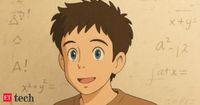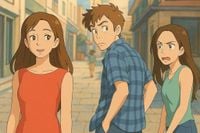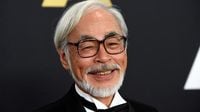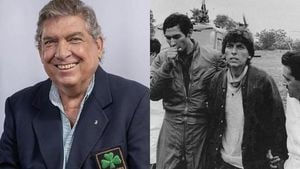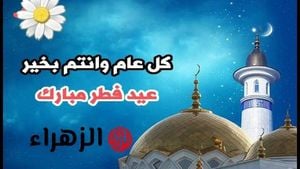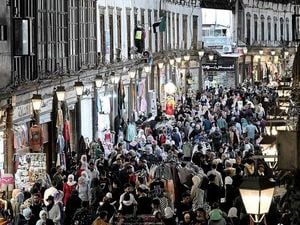Studio Ghibli-style AI art is going viral online, sparking debates about copyright infringement. The trend began after OpenAI released its upgraded GPT-4O model, capable of generating high-quality, stylized images with just a few words. Among the most popular aesthetics recreated is Studio Ghibli, the legendary Japanese animation studio known for films like Spirited Away.
While many users have embraced AI-powered tools to Ghibli-fy their photos and iconic historical moments, Studio Ghibli creator Hayao Miyazaki isn’t a fan of the technology. “I would never wish to incorporate this technology into my work at all. I strongly feel that this is an insult to life itself,” Miyazaki said during a 2016 demonstration of AI-generated movement. He noted that the demo reminded him of a friend with a severe disability, emphasizing his concerns about the implications of AI on artistic integrity.
As AI-generated art mimicking Studio Ghibli gains traction, it’s raising significant legal questions. OpenAI is already facing lawsuits from the New York Times and other creators over copyright concerns. The debate over who owns a style is now in the spotlight, with many artists and creators questioning the ethical implications of AI art generation.
Despite the controversy, OpenAI’s CEO has embraced the trend, having recently Ghibli-fied his own profile picture and encouraging others to do the same. This juxtaposition of enthusiasm from tech leaders and resistance from artists highlights a growing divide in the perception of AI in creative fields.
According to GPT-4O’s system card, safeguards trigger when users attempt to generate images in the style of living artists. However, with Miyazaki still being an active creator, the question remains: how effective are these safeguards, and will they hold up in legal battles? As the conversation continues, the art community is left grappling with the implications of AI technology on traditional forms of artistic expression.
On March 28, 2025, the conversation around AI-generated art and copyright law gained further momentum as more users flocked to platforms showcasing their Ghibli-inspired creations. This trend not only raises questions about copyright infringement but also challenges the very essence of creativity and originality in art.
As the landscape of digital art evolves, it will be crucial for artists, tech companies, and legal experts to engage in meaningful dialogue. The ongoing lawsuits against OpenAI serve as a reminder that the intersection of technology and creativity is fraught with complexities that require careful consideration.
In the coming months, it will be interesting to see how Studio Ghibli and other creators respond to this trend. Will they adapt to the new technology, or will they continue to push back against it? The answers to these questions could shape the future of both AI and art.
As the debate rages on, one thing is clear: the rise of AI-generated art is not just a passing fad. It represents a significant shift in how we think about creativity, ownership, and the role of technology in our lives. The artistic community, alongside tech innovators, must navigate these uncharted waters with care, ensuring that the essence of creativity is preserved while embracing the potential of new technologies.
